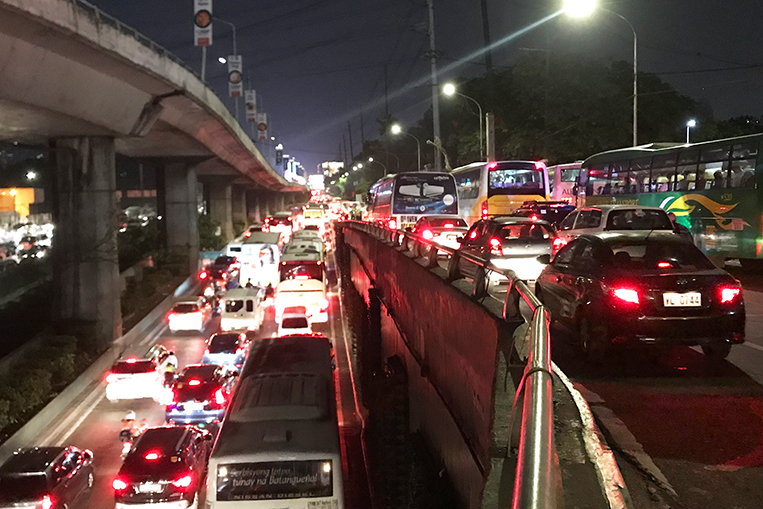
Every day, a strange spectacle takes place on the roads of Metro Manila. Thousands of men in various uniforms position themselves at many of the countless junctions and main roads to play a real-world version of Cops ’n’ Robbers with the motoring public. Unfortunately, the question of who is who in this game—otherwise known as traffic management—isn’t always clear. Largely a manual affair, it is riddled with issues and generally makes things worse for everyone. It’s time, then, to seriously consider automating the whole thing.
Take a trip to Seoul, London, Singapore or Munich, and then count how many traffic enforcers you see either manually directing vehicles at intersections or lying in wait to sneak up on motorists on city streets. The answer should be pretty close to zero, because most modern cities have taken the logical step of employing modern technology to oversee and manage motor vehicle traffic. Metro Manila, ever the drama queen, seemingly refuses to buy into this newfangled idea of computers doing things, and instead insists on employing a system that is as chaotic as it is corrupt. The result is that we seemingly move in circles when it comes to creating road order.
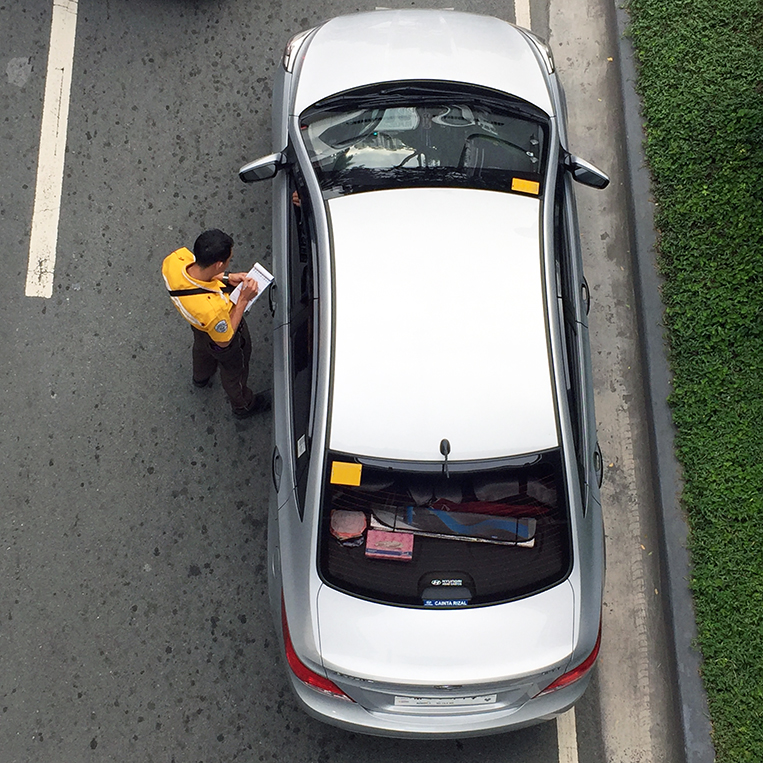
When I say the current system is corrupt, I mean that in more ways than one. Of course, it is not really a secret that many of the people tasked with upholding the laws of the road are themselves lawless, but this kind of unbecoming conduct swings both ways. I bet you know at least as many stories about drivers who paid bribes to enforcers as you know anecdotes from folks who talked their way out of tickets because they are the son/friend/colleague/neighbor of some bigwig. That’s on top of all those “special” IDs and “commemorative” plates. From time to time, I see journalists, influencers and other media personalities call for motorists to be more disciplined and law-abiding, but I always find these appeals to be naive. Worse, they’re sometimes designed to merely make the individuals uttering them look good.
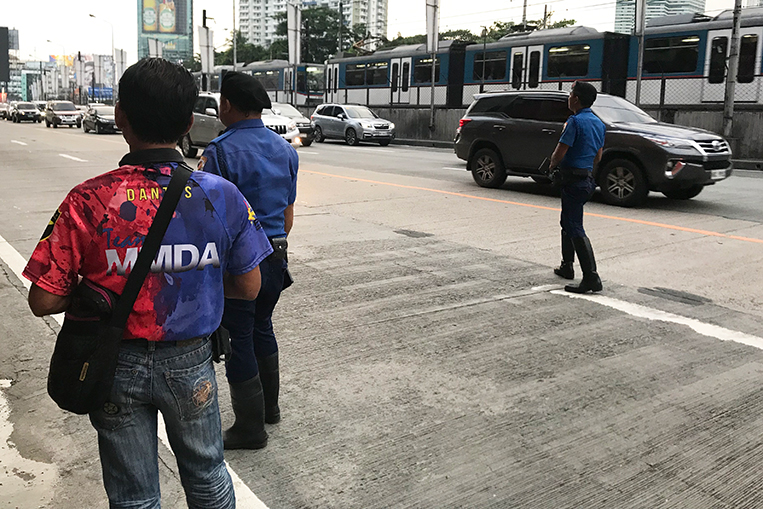
It is almost impossible to drive by the book on the roads of this country, because the book that is supposed to guide everyone has been written, torn up, amended by all and sundry, changed again and then turned into randomized editions for every barangay, city and municipality. Paired with totally inconsistent enforcement, this has created a minefield for motorists—a situation that isn’t helped by the fact that this megalopolis already puts enormous amounts of stress on every single soul living in it. With traffic getting ever worse, people will always look for shortcuts and ways to get ahead of the next guy.
There is no doubt that at least the likes of the Metropolitan Manila Development Authority are trying their best to actually do their jobs, but they are in no position to win this battle with human power alone. And I’m pretty sure they know that. There are simply too many cars, and no matter how many condescending cameramen they take along with them to show how their heroic officers are apprehending fleeing Ferraris on their little scooters, turning traffic enforcement into a Facebook-friendly spectacle will always be nothing but entertainment. This type of highway freak show is designed to distract from the huge problems that still make driving a pain.
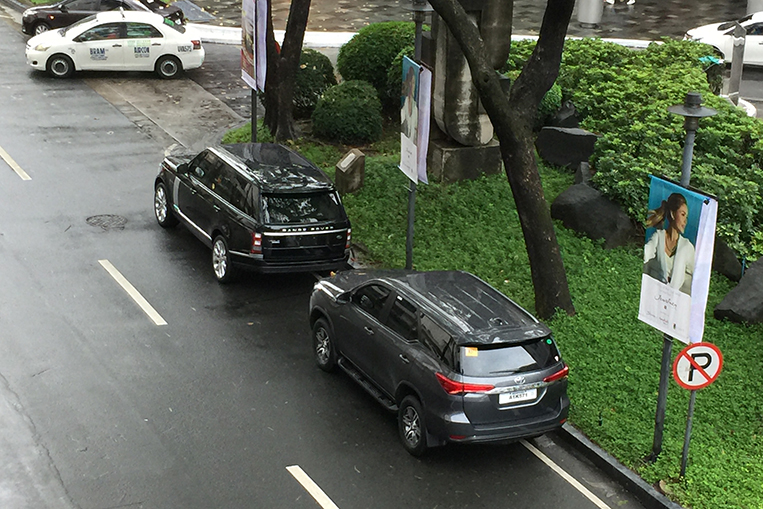
So here’s my point: One way toward a brighter future lies in the automation of traffic management.
In an ideal world, I don’t ever want to see videos or photos of drivers arguing or fighting with enforcers, which won’t happen in an automated setup because the two parties will never meet. Enforcement, wherever possible, should be done automatically by means of Automatic Number Plate Recognition cameras and intelligent traffic management systems that eliminate the human factor and replace it with vastly more capable digital systems.
In an ideal world, I don’t ever want to see videos or photos of drivers arguing or fighting with traffic enforcers
It should be noted, however, that it’s not enough for this approach to be good at detecting and recording violations. It should also be more efficient when it comes to notifying violators. At the moment, if you are being given a ticket via the no-contact policy of the MMDA, it can take weeks or even months before you receive it. That will never work. You blocked a yellow box on Makati Avenue last night? Bang! Your ticket should be delivered to your house a day or two later. All of these things are possible and are already being done in many other parts of the world.
Ideally, traffic rules should be cleaned up beforehand so drivers have a fair chance of knowing what the rules of engagement are. Once we have a definitive (and absolutely clear) Highway Code that everyone has to read and abide by, then all it will take is political will to make the necessary investment. That’s usually where things fall apart, but that’s another story.

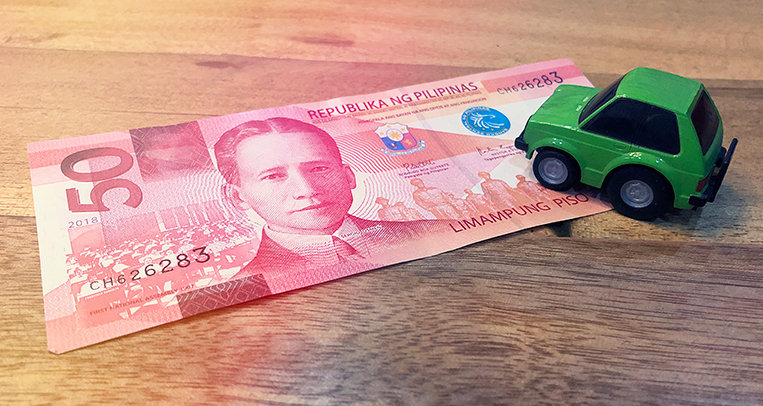

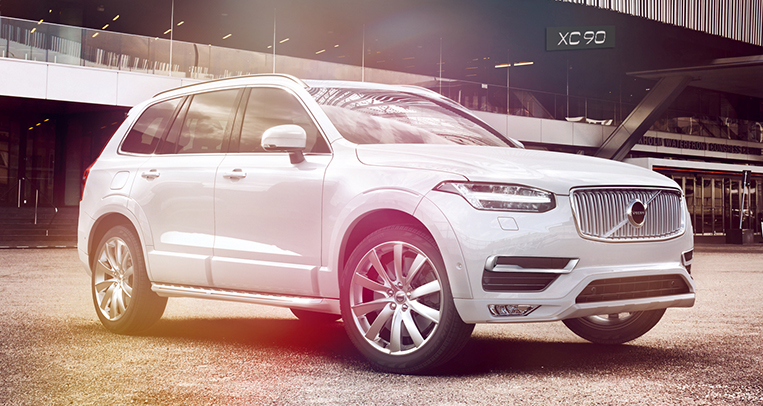

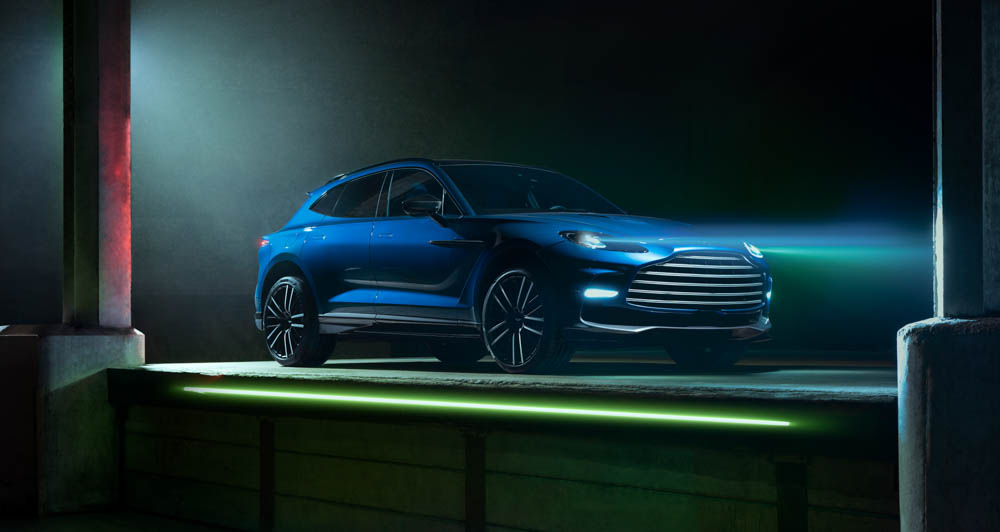





Comments